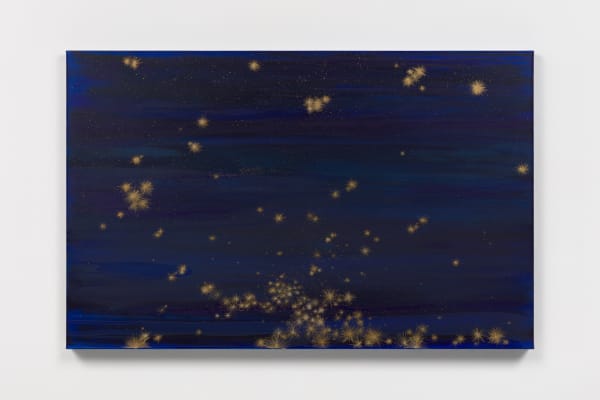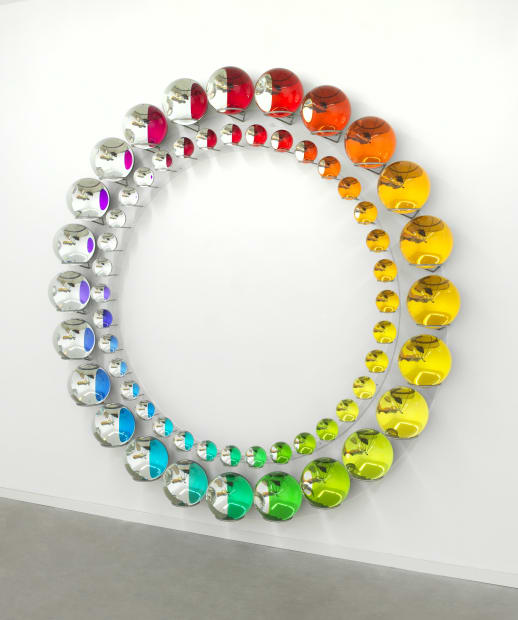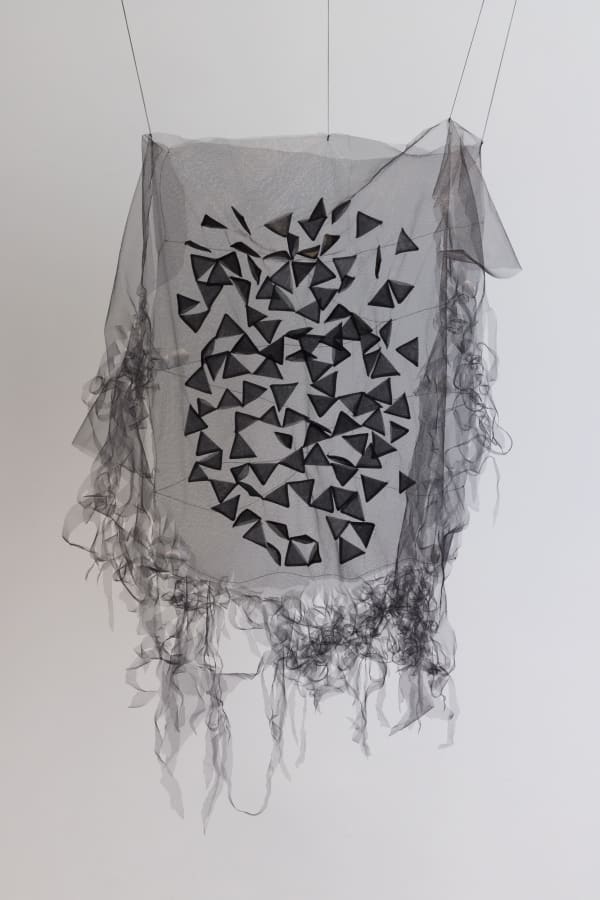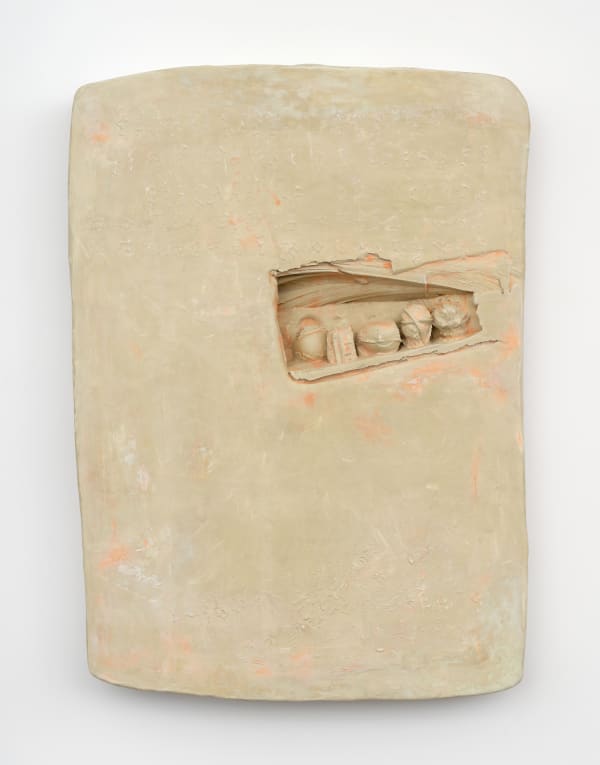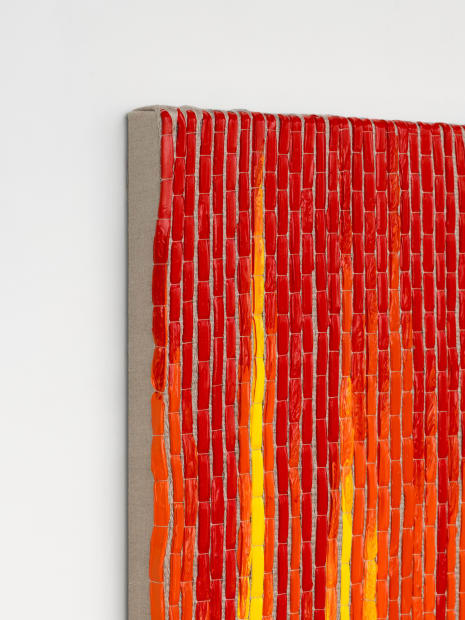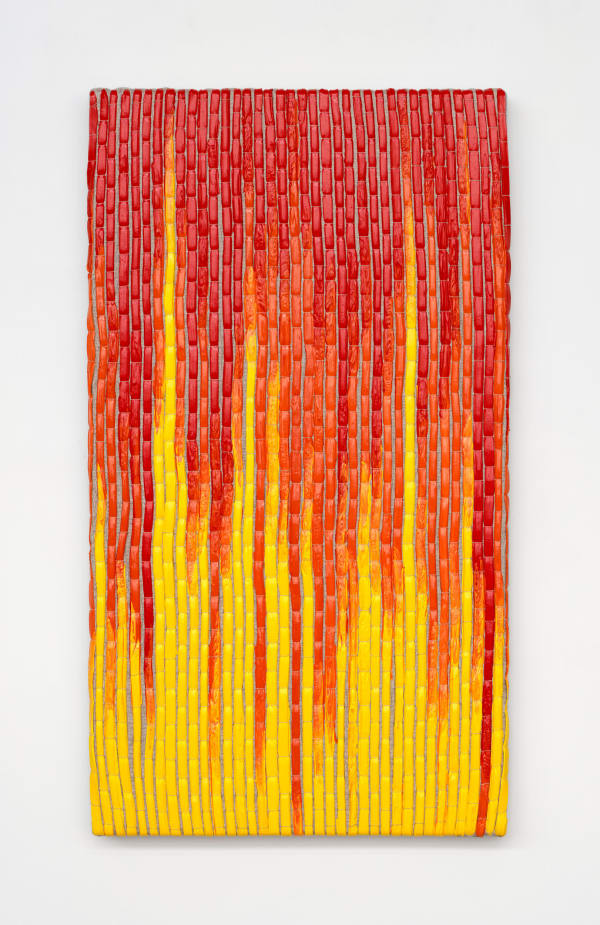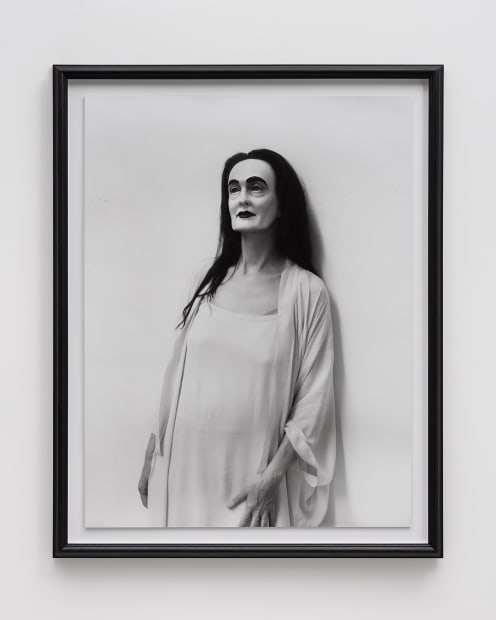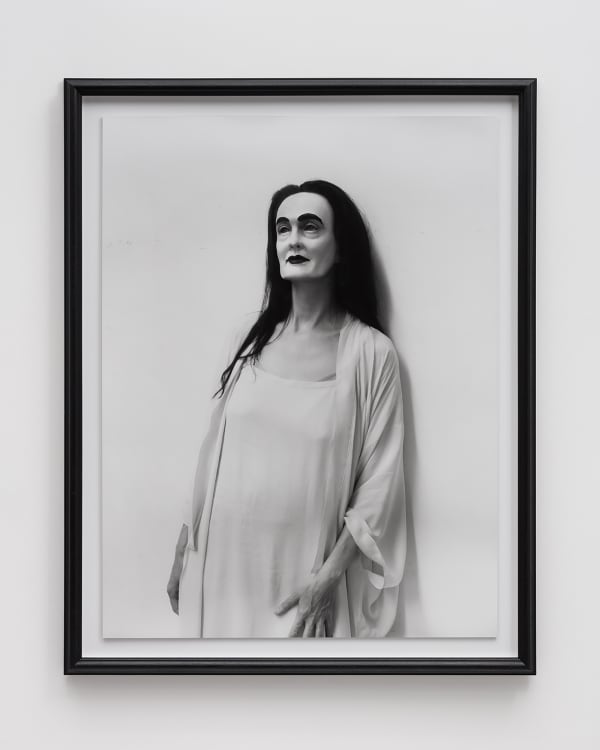Over the past decade, artist Math Bass has developed a lexicon of symbols—letters, bodily forms, architectural fragments, animals, bones—arranged in a variety of scores, each symbol an empty space of meaning, filled in by the context in which it finds itself. Repetition of these symbols, rather than codifying them into one solid signification, exposes the difference at the heart of each iteration; there is always a gap in meaning, something unnamable left out of and left over in the viewer’s reading—a jouissance. It is this gap in the symbolic where Lee Edelman states queerness lies—not as an easily categorized liberal identity but as a process of unmaking and undoing that leaves (gendered) subjectivity as we know it in question. That these symbols are familiar only heightens our unsettling; the negative space of these compositions, a major player in Bass’s practice, adds further to the gap.

























